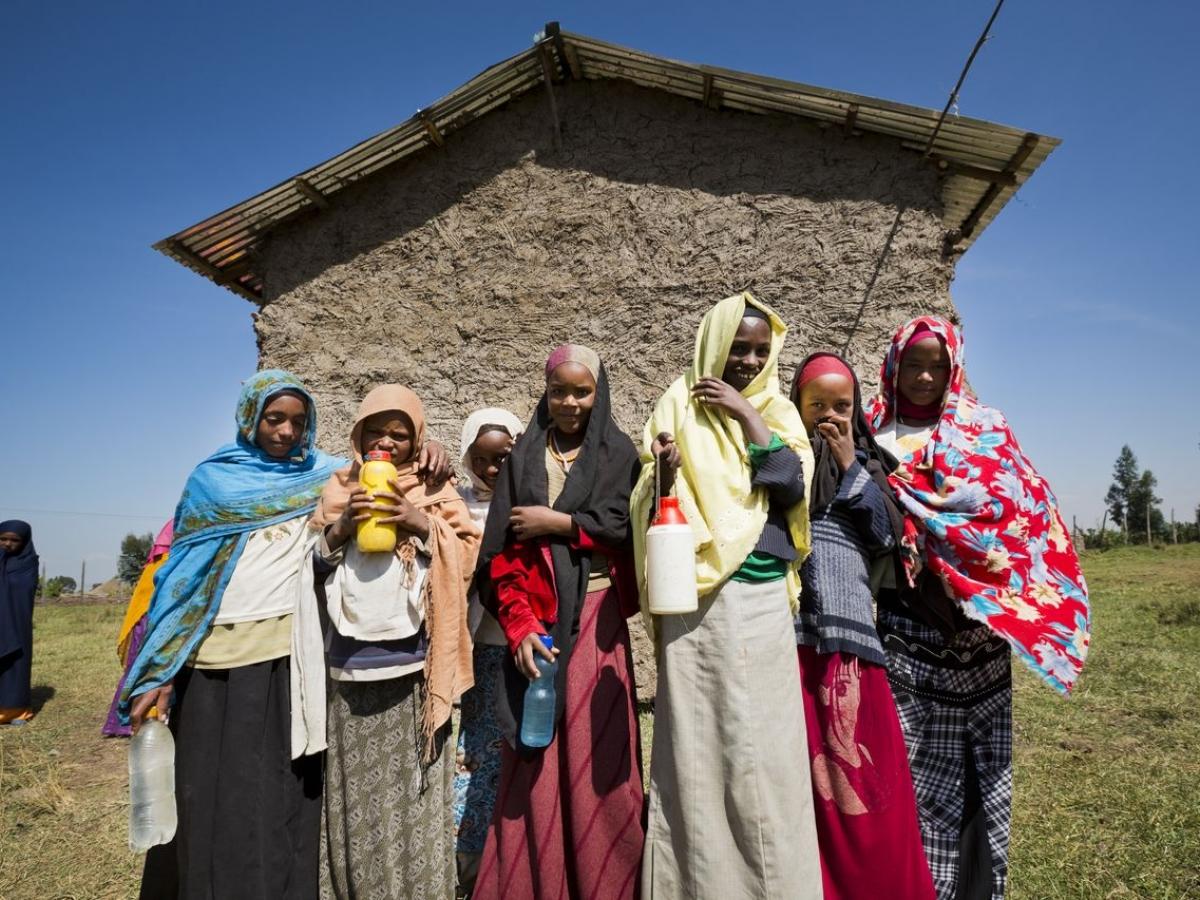Gender inequality continues to have a negative impact on many health outcomes. Gender-related power imbalances contribute to excess female mortality across the life cycle, and harmful gender norms affect men and boys by encouraging risk-taking and limiting health-seeking behaviors.
Although the reproductive health of women and girls has improved, some 214 million women worldwide would like to avoid pregnancy but are not using a modern method of contraception. Enabling young women to avoid early pregnancy allows many to attend school longer, and as fertility falls, more women are able to join the labor force.
Unequal gender norms also contribute to men’s and women’s vulnerability to HIV and prevent them from seeking HIV testing, counseling, and treatment, as well as disclosing their HIV status. Today, women and girls make up almost half of the infected population aged 15 to 49 worldwide; in sub-Saharan Africa, the rate is close to 60 percent.
The persistence of gender-based violence contributes to women’s and girls’ increased risk and vulnerability. USAID also recognizes that gender issues are relevant for populations made vulnerable due to the fact that their gender identity, sexual orientation or sexual behavior do not conform to existing norms.
USAID’s half a century of experience has shown that health programs that address gender barriers improve development outcomes overall. When women are educated and can earn and control income, infant mortality declines, child health and nutrition improve, agricultural productivity rises, population growth slows, economies expand, and cycles of poverty are broken. Since 1965, USAID has provided voluntary family planning information, products, and services to support women’s and couple’s ability to make and act upon informed reproductive decisions about the timing and spacing of their pregnancies. Maternal and child health programming became an important focus in the early 1980s, and HIV and AIDS prevention and treatment programs have been adjusted to focus on women’s unique vulnerabilities to infection. Other health programs that address women’s needs include reproductive health, nutrition, malaria, and pandemic disease programs.
In 2012, USAID launched a new gender policy [PDF, 2.7MB] to ensure that the Agency uses more effective, evidence-based investments in gender equality and female empowerment and incorporates these efforts into its core development programming. The policy forms an umbrella for additional strategies and polices, including on gender-based violence and on trafficking in persons.
Resources
- Download the report Women’s Lives and Challenges: Equality and Empowerment Since 2000 [PDF, 13MB].
- Learn more about International Day of Zero Tolerance to Female Genital Mutilation.
- Visit the Gender Equality and Women’s Empowerment section.
- Read the PEPFAR Fact Sheet: Addressing Gender and HIV/AIDS.
- Read the Updated PEPFAR Gender Strategy.
- Read the Maternal Health Vision for Action.

With USAID project support, young women in the Oromiya Region of southern Ethiopia attend school with the privacy & security of latrines, a nearby supply of safe drinking water and membership in the school health club where they learn about hand washing.
Lifewater International/David Uttley
